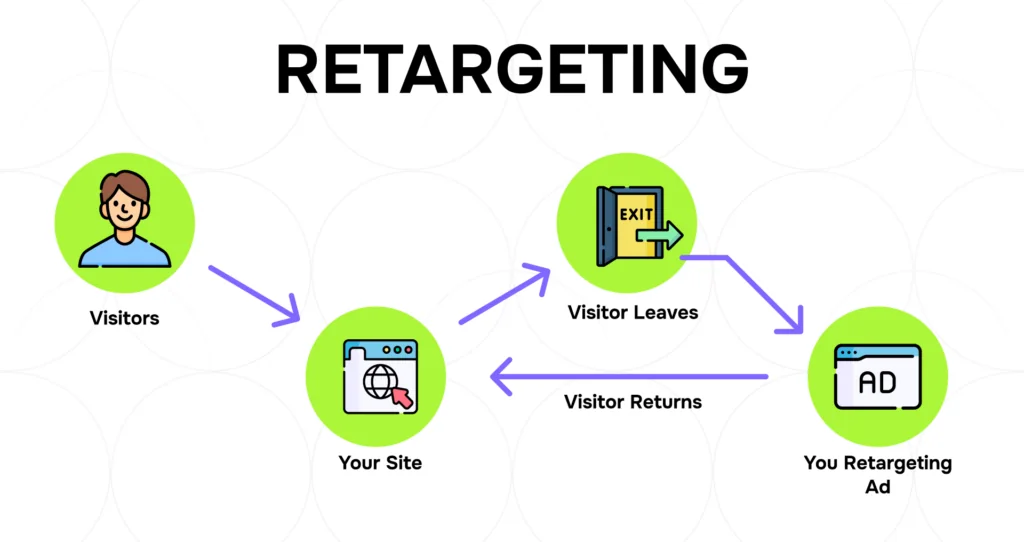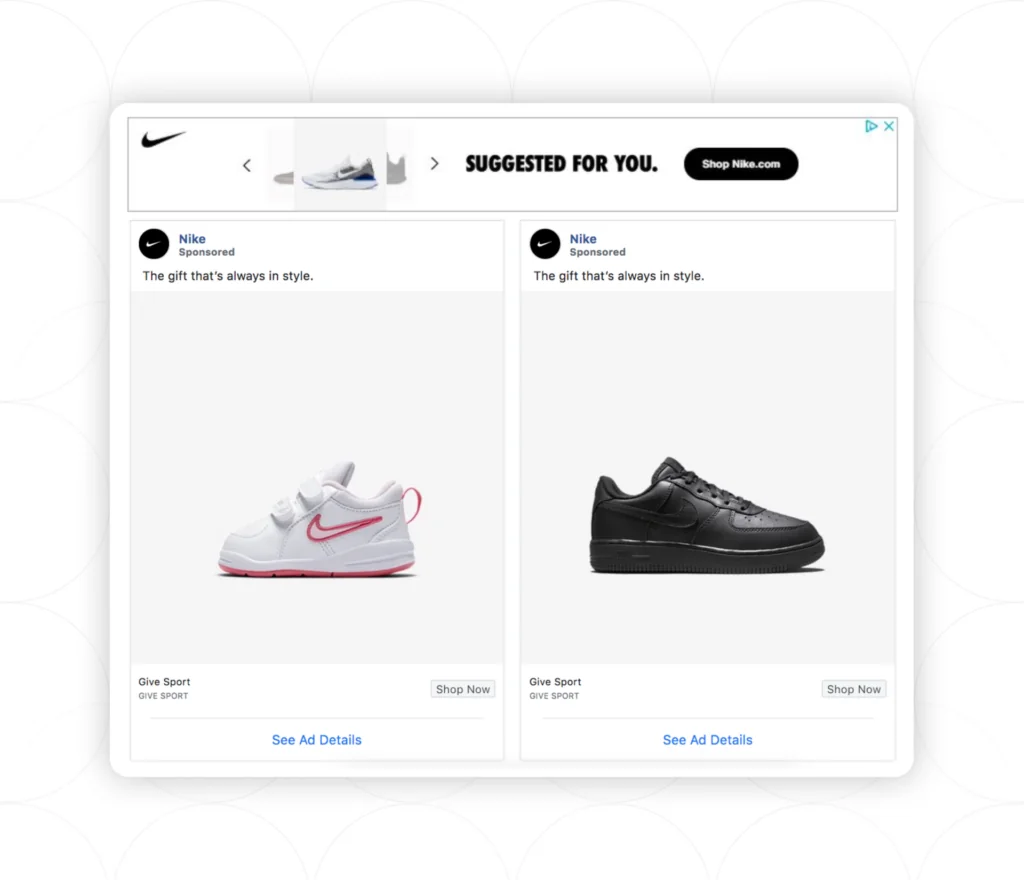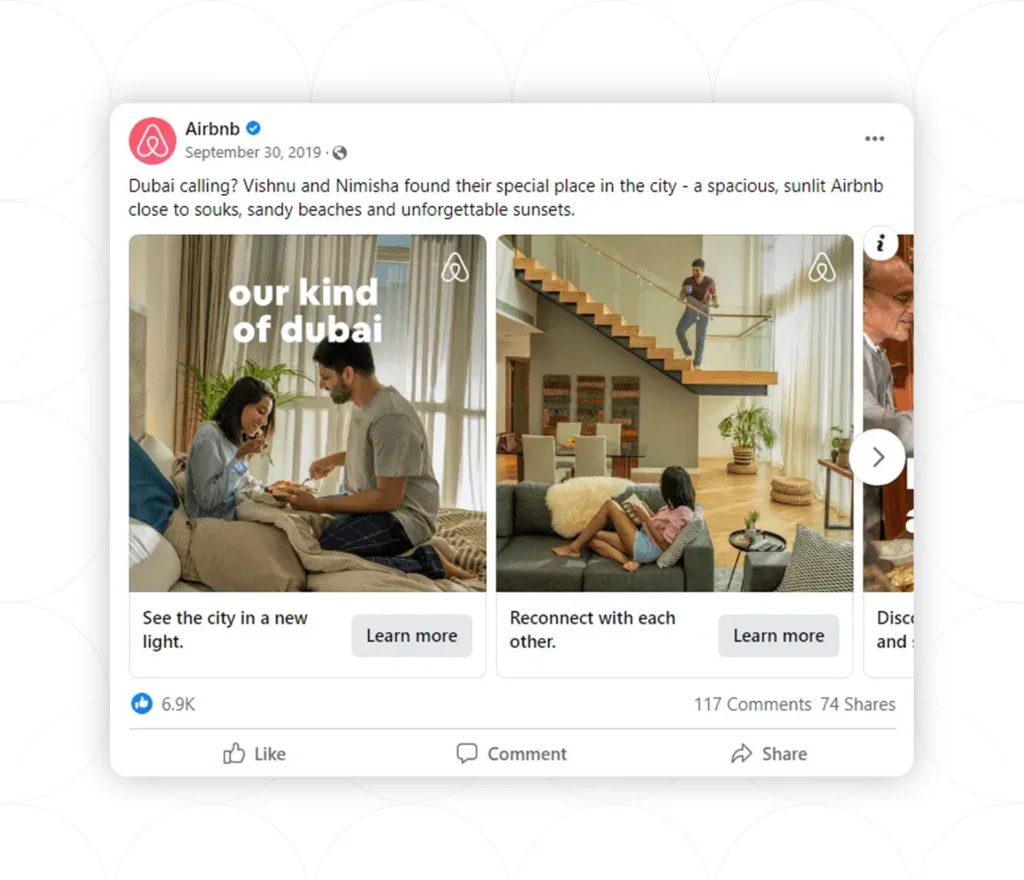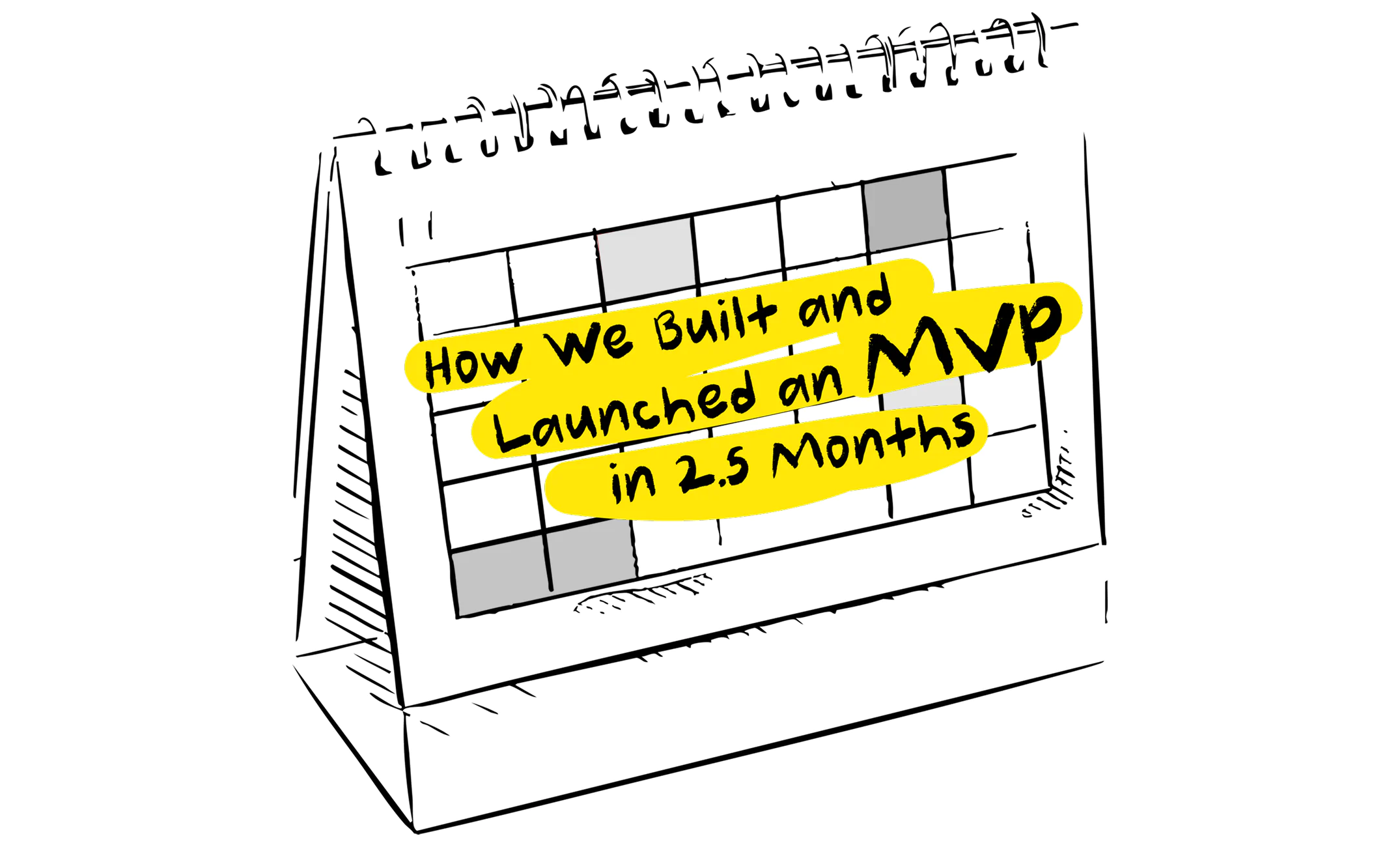You’ve done the hard work. A potential customer lands on your site, browses your offer, and shows genuine interest. Then—nothing. They leave without registering, purchasing, or depositing.
You’re not alone. Depending on your industry, up to 98% of first-time visitors drop off without converting. But this isn’t a dead end—it’s one of the most profitable opportunities in your funnel.
Retargeting allows you to bring these high-intent users back at the right moment, with the right message, to complete the action they started. In mr.Booster campaigns, retargeting has:
- Delivered up to 30% return rates from warm segments
- Achieved CTR up to 10x higher than cold acquisition
- Consistently reached ROAS of 200–400%
- Reduced conversion costs by multiple factors compared to new-user acquisition
In a landscape where acquisition costs are climbing, retargeting is no longer optional—it’s an essential growth lever for any performance-driven brand.
What Is Retargeting?
Retargeting is a digital advertising strategy that re-engages users who have already interacted with your brand but haven’t completed a key action—whether that’s a purchase, a signup, or a deposit.
Unlike acquisition campaigns, retargeting doesn’t start from scratch. It focuses on warm audiences—people who have already signaled intent by:
- Visiting your product or pricing pages
- Adding items to their cart
- Starting, but not finishing, the registration process

Why Retargeting Should Be a Core Part of Your Strategy
- Maximizes the value of existing traffic
Every click you’ve already paid for is a sunk cost. Retargeting turns more of those clicks into paying customers, without expanding your acquisition budget. - Reduces cost per conversion
Industry benchmarks show that warm audiences convert at a significantly lower CPA than cold traffic—often 2–5x cheaper. - Increases both conversion rate and order value
Warm users are more likely to buy and to spend more per transaction, boosting ROI and customer lifetime value (LTV). - Strengthens brand recall and trust
Repeated, relevant exposure keeps your brand top-of-mind and increases the likelihood of conversion when the user is ready.
How Retargeting Works in Practice
- Tracking
A pixel or tracking code captures anonymous behavioral data, for example, which products were viewed or whether a checkout was started. - Segmentation
Instead of one generic audience, you create highly specific groups:- Active users: Recently engaged customers
- Interested: Registered but inactive
- Lapsed: No activity for a set period
- Personalized Messaging
The creative for each segment is different. A lapsed customer might see an incentive to return, while an active one might be shown a premium upsell. - Optimization and Scaling
Campaigns are continuously refined: adjusting frequency, creatives, and bidding to keep returns high.
Example: In the iGaming sector, targeting users who registered but didn’t deposit (Non-FTD) within 24 hours can yield post-view deposit rates above 4%, at costs 5–7x lower than cold acquisition.
Lessons from Leading Brands
Nike — Scalable Retargeting with Personalization
Nike’s retargeting strategy is a masterclass in combining automation with human-level relevance.
- Dynamic product ads display the exact items a user viewed, plus complementary products chosen by behavioral algorithms.
- Segmentation accounts for cross-platform behavior—website visits, mobile app interactions, and loyalty program activity.
- Machine learning determines optimal timing, platform, and creative format across Google Display Network, Meta, and YouTube.
This approach doesn’t just recover lost sales—it actively drives upsells and increases customer lifetime value.

Airbnb — Sequential Retargeting Through Storytelling
Airbnb’s campaigns focus on moving the user forward in the decision journey, rather than repeating the same ad.
- Step 1: Reminder of the exact listing viewed
- Step 2: Social proof—reviews, ratings, testimonials
- Step 3: Context—neighborhood guides, local activities
Segmentation uses behavioral signals such as time spent on a listing, “favorite” actions, and search patterns. Users who book are immediately excluded to save budget and improve the experience.
The result: a 50% increase in booking rates from retargeted users and deeper engagement with the platform.

Best Practices for Effective Retargeting
- Ensure accurate, compliant tracking – Correct pixel setup and GDPR/CCPA compliance are non-negotiable.
- Segment intelligently – Behavioral and recency-based segmentation consistently outperforms broad targeting.
- Refresh creatives regularly – Avoid ad fatigue by testing visuals, copy, and calls to action.
- Measure what matters – Focus on ROAS, CPA, and LTV, not just clicks.
Why Partner with mr.Booster
- Proven performance. Up to 30% return from warm audiences, with acquisition costs starting at $0.10 in high-intent segments.
- Predictable scaling. Campaigns designed for repeatable results, extending the value of every user touchpoint.
- Fast onboarding. Pixel and audience integration in just 2–3 days.
- Full-cycle execution. Segmentation, targeting strategy, campaign launch, and weekly optimization reports.
- Streamlined process. You provide the audience; we handle the rest. (Creatives not included, but we supply a detailed brief.)
Don’t let potential customers slip away. Partner with mr.Booster today to reclaim lost revenue and scale your growth efficiently.


